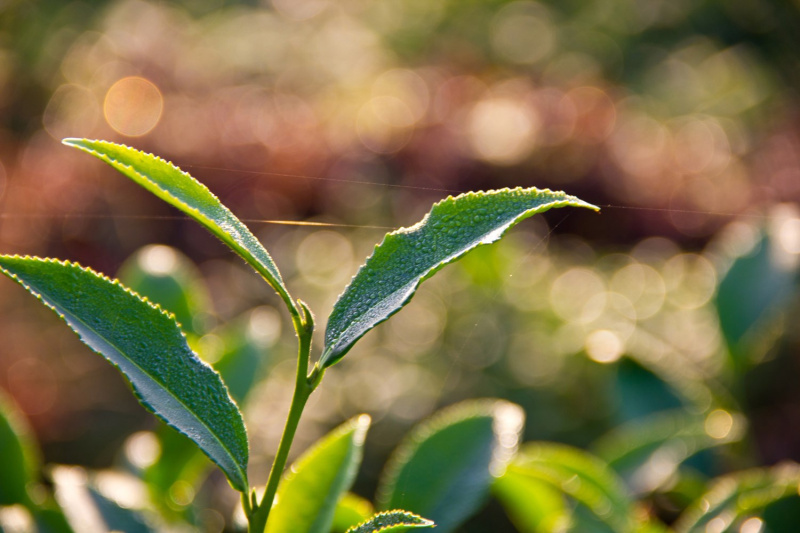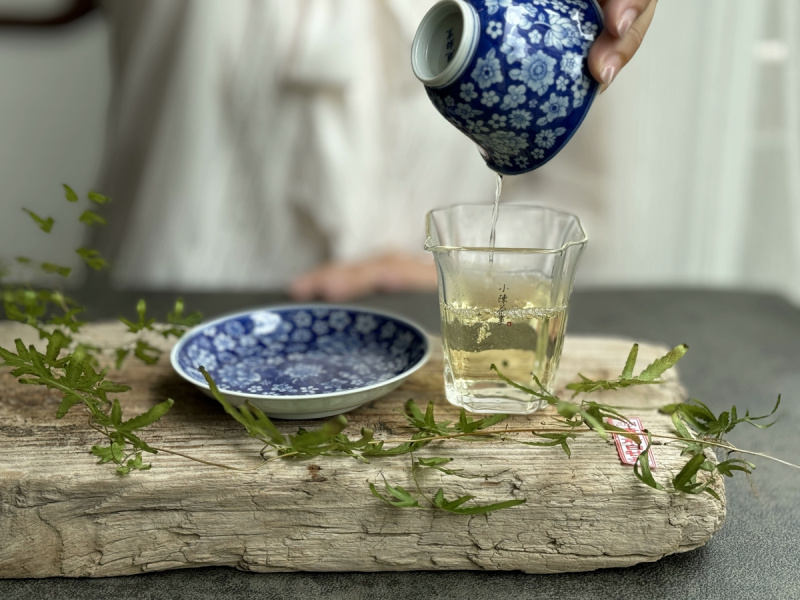Bai Mudan: The Graceful White Peony of China's Tea Plantations
Bai Mudan (Chinese: 白牡丹, pinyin: Bái mǔdān), or White Peony, is one of the most exquisite and popular varieties of white tea. Its name represents the tenderness and beauty of peony flowers, which are reflected in the appearance of tea buds and leaves. This tea is famous for its delicate aroma and soft taste, which wins the hearts of connoisseurs around the world.
Origin and characteristics of Bai Mudan
Bai Mudan comes from Fujian Province, China. It is here, on the mountain slopes and in the valleys, that tea bushes grow, providing the raw material for this unique drink. The youngest and most tender shoots of the tea plant are used to produce Bai Mudan: one bud and two young leaves. It is this combination that gives the tea its unique taste and aroma.
What makes Bai Mudan special:
- Minimal processing: White tea undergoes the least processing of all teas. The leaves are only slightly withered and dried, which allows for the maximum amount of nutrients and natural flavor to be preserved.
- Delicate taste and aroma: The taste of Bai Mudan is characterized by softness, sweetness, refreshing grassy taste and floral notes. The aroma of the tea unfolds gradually, filling the space with subtle shades of honey, fruits and flowers.
- Health Benefits: Due to its minimal processing and high antioxidant content, Bai Mudan white tea has many health benefits. It helps strengthen the immune system, improve digestion, and slow down the aging process.
How to brew Bai Mudan
To fully reveal all the flavor nuances of Bai Mudan, it is important to follow the correct brewing technique:
- Water Temperature: Use water that is around 80-85°C. Boiling water can burn the delicate leaves and spoil the taste of the tea.
- Brewing Vessel: It is best to use a clear glass or porcelain teapot so you can watch the tea leaves unfurl.
- Steeping time: Pour off the first steeping after a few seconds to rinse the leaves. The following steepings can be increased in time by 10-15 seconds.
- Number of brews: Bai Mudan can be brewed several times, each time revealing new shades of taste and aroma.
Bai Mudan is not just tea, it is a true work of art. Its exquisite taste and aroma will allow you to plunge into the world of harmony and enjoy every sip.
|
Name in Chinese
|
白牡丹 |
|
Pinyin
|
Bái mǔdān |
|
English name
|
Bai Mu Dan |
|
Translation
|
Bai Mu Dan |
|
Tea variety
|
Bai Mu Dan |
|
Country
|
China |
|
District
|
Republic of China |
|
Provinces
|
Fujian (福建) |
|
Region
|
Fuan (福安) |
|
Habitat
|
Даган (大岗, dàgǎng) |
|
Tea tree (bush) variety
|
Da Ye Zhong |
|
Type of tea raw material
|
Plantation |
- Комментарии
- Вконтакте
White Peony (Chinese: 白牡丹, pinyin: báimǔdān) (Bai Mudan) is one of the most exquisite and ancient varieties of white tea from China. It received its name due to the delicate white hairs covering the young leaves, which resemble blossoming peony buds. Its history is shrouded in many legends passed down from generation to generation. One of the most famous tells the story of how this unique drink appeared in the world.
In 2015, we interviewed Zhou Xiaolin (周小莉, zhōu xiǎolì) and the materials were shelved. It happens. Xiaolin is a smart married woman who has been working productively with Russians in China for a long time and is already studying Russian herself. Now the time has come and you can read this interview.





















































































